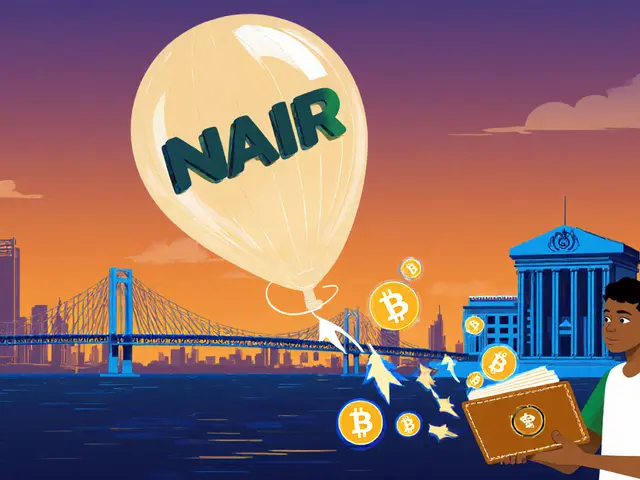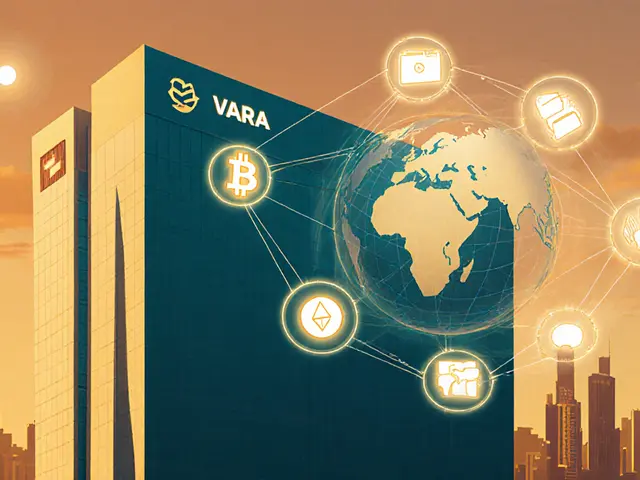Latest IMF News, Crypto Regulation & Energy Policy
When talking about IMF, a global financial institution that monitors economies, provides loans, and sets policy guidelines, also known as International Monetary Fund, you instantly step into a web of related topics. One of those is cryptocurrency regulation, rules that govern digital asset activities, taxation, and licensing. Another is crypto mining, the process of validating blockchain transactions using computational power, often drawing huge energy supplies. Finally, energy policy, government strategies that allocate power resources, set efficiency standards, and influence energy pricing ties everything together. In short, the IMF influences cryptocurrency regulation, cryptocurrency regulation shapes crypto mining rules, and crypto mining pressures energy policy. Those connections form the backbone of the articles you’ll see below.
Why the IMF Matters for Crypto and Energy
The IMF’s core mission is to ensure global financial stability. To do that, it publishes policy recommendations that member countries usually follow when drafting economic laws. When the fund flags risks around digital assets, governments often tighten cryptocurrency regulation to protect investors and curb illicit flows. This ripple effect means that a new IMF report can trigger tax changes, licensing tweaks, or even outright bans on certain crypto activities. At the same time, the IMF watches how large‑scale crypto mining projects consume electricity. In regions where power grids are already stretched, the fund’s energy policy guidance can influence decisions about mining subsidies or power grants, like the recent 2,000 MW allocation in Pakistan. By linking financial health to energy use, the IMF helps shape a market where crypto projects must balance profitability with sustainability.
Our collection below reflects that intertwining reality. You’ll find deep dives into China’s 2025 crypto ban, India’s 30% crypto tax, Bolivia’s reversal of a decade‑long prohibition, and Pakistan’s ambitious power grant for mining – all stories where the IMF’s stance either directly or indirectly steers the outcome. There are also practical guides on how to navigate new regulatory frameworks, avoid risky exchanges, and assess the impact of mining on local power grids. Whether you’re a trader looking for tax tips, a developer tracking stablecoin rules, or an investor curious about how global finance shapes crypto, these pieces give you the context you need to act wisely.
Ready to see how the IMF’s policy outlook translates into real‑world crypto moves? Below you’ll discover a curated set of articles that break down regulation shifts, mining incentives, and energy considerations—all linked back to the fund’s broader financial goals. Dive in and get the actionable insights you need to stay ahead of the curve.
Explore ElSalvador's Chivo wallet-its launch, tech, adoption hurdles, IMF impact, and what the future holds for the nation's crypto initiative.



 Finance
Finance




